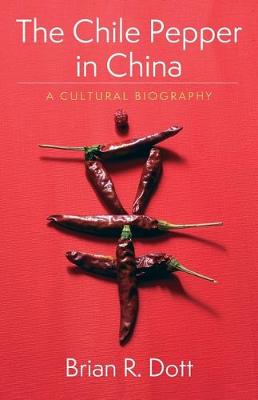Reviewed by annieb123 on
The Chile Pepper in China is an academically rigorous and worthwhile cultural examination of the chile pepper's history and use in Chinese cuisine and culture. Written by Dr. Brian Dott, it's part of a series edited by Dr. Albert Sonnenfeld. Due out 12th May from Columbia University Press, it's 296 pages and will be available in hardcover and ebook formats.
According to the author, in his introduction, this book has two main focus questions: "How did chile peppers in China evolve from an obscure foreign plant to a ubiquitous and even “authentic” spice, vegetable, medicine, and symbol? And how did Chinese uses of chiles change Chinese culture?" I found the answers interesting and unexpected. The book is full of interesting cultural asides and unexpected quirky history.
The author is an academic and this is what I would call a layman accessible academic treatise of the chile pepper in all its incarnations as they intersect with Chinese culture and history. As an academic work, it is *full* of tables and statistics and maps and minutiae (in a good way). The author definitely "shows his work" in full. I loved poring over the notes from pharmacopeia published in the 16th century along with an exhaustive bibliography and full chapter notes and annotations (did I mention that this is an academic work?). The notes and references are likely worth the price of admission for anyone interested in the subject and there's obviously been a faint-inducing amount of time spent on research and resource gathering on the part of the author. There's an exhaustive glossary (including many of the Chinese hanzi) suited for western readers - no Chinese language proficiency is needed to read and enjoy the book.
I found the entire book quite interesting and fascinating. It is admittedly a niche book and will appeal to readers interested in cultural anthropology, but might not appeal to readers looking for recipes or an easy read. I found this one so interesting that I'm going back to try to acquire some earlier volumes in the series.
Five stars. This is well and deeply researched and interesting.
Disclosure: I received an ARC at no cost from the author/publisher for review purposes.
Reading updates
- Started reading
- 6 May, 2020: Finished reading
- 6 May, 2020: Reviewed
